Discover 8 hidden attractions, cool sights, and unusual things to do in Van (Turkey). Don't miss out on these must-see attractions: Xerxes I inscription at Van, Van Fortress, and Tushpa. Also, be sure to include Toprakkale in your itinerary.
Below, you can find the list of the most amazing places you should visit in Van (Van).
Table of Contents
Xerxes I inscription at Van
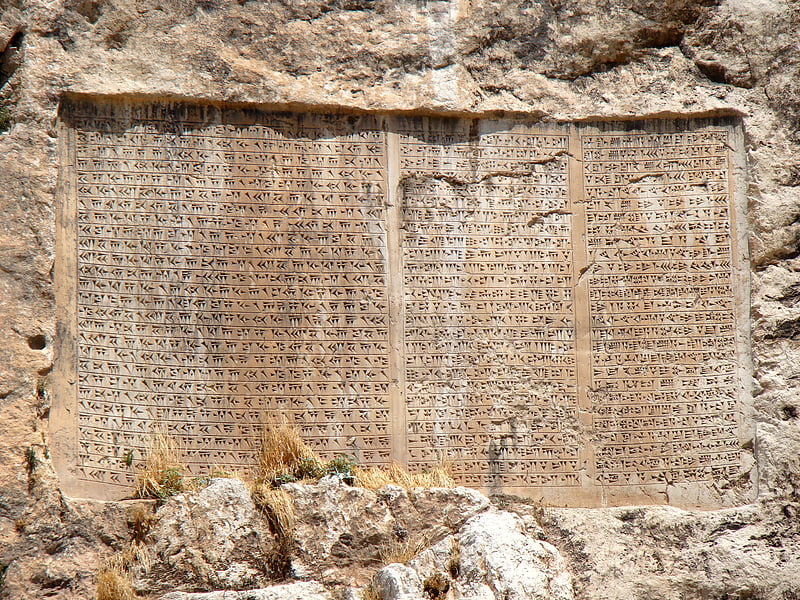
The Xerxes I inscription at Van, also known as the XV inscription, is a trilingual cuneiform inscription of the Achaemenid King Xerxes I. It is located on the southern slope of a mountain adjacent to the Van Fortress, near Lake Van in present-day Turkey. When inscribed it was located in the Achaemenid province of Armenia. The inscription is inscribed on a smoothed section of the rock face near the fortress, approximately 20 metres above the ground. The niche was originally carved out by Xerxes' father, King Darius, but he left the surface blank.[1]
Van Fortress
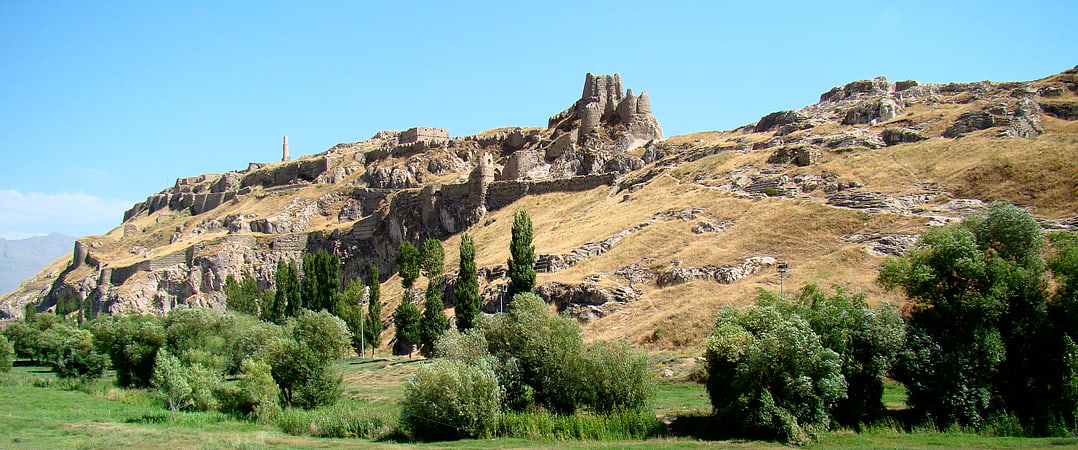
Also known as: Van Kalesi
Fortress in Van, Turkey. The Fortress of Van is a massive stone fortification built by the ancient kingdom of Urartu during the 9th to 7th centuries BC, and is the largest example of its kind. It overlooks the ruins of Tushpa, the ancient Urartian capital during the 9th century, which was centered upon the steep-sided bluff where the fortress now sits. A number of similar fortifications were built throughout the Urartian kingdom, usually cut into hillsides and outcrops in places where modern-day Armenia, Turkey and Iran meet. Successive groups such as the Medes, Achaemenids, Armenians, Parthians, Romans, Sassanid Persians, Byzantines, Arabs, Seljuks, Safavids, Afsharids, Ottomans and Russians each controlled the fortress at one time or another. The ancient fortress is located just west of Van and east of Lake Van in the Van Province of Turkey.
Silva Tipple New Lake led an American expedition to the ruins in 1938-40. Most of the finds and field records from this were lost in the sinking of the S.S. Athenia in 1940.
The lower parts of the walls of Van Citadel were constructed of unmortared basalt, while the rest was built from mud bricks.
Such fortresses were used for regional control, rather than as a defense against foreign armies. The ruins of this fortress sit outside the modern city of Van, where they support walls built in the medieval era.[2]
Tushpa
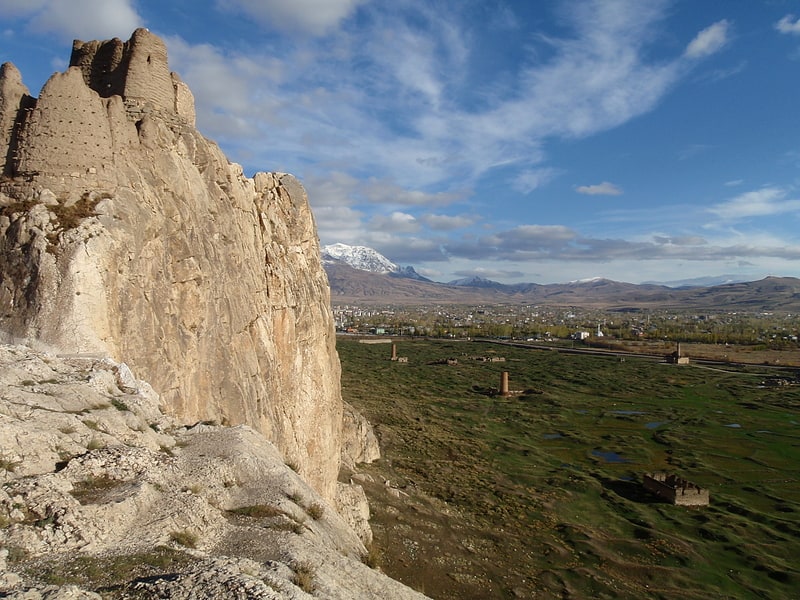
Also known as: Tuşpa
Tushpa was the 9th-century BC capital of Urartu, later becoming known as Van which is derived from Biainili the native name of Urartu. The ancient ruins are located just west of Van and east of Lake Van in the Van Province of Turkey. In 2016 it was inscribed in the Tentative list of World Heritage Sites in Turkey.
It was possibly pronounced as "Tospa" in ancient times as there was no symbolic O equivalent in Akkadian cuneiform so the symbol used for U was frequently substituted.[3]
Toprakkale
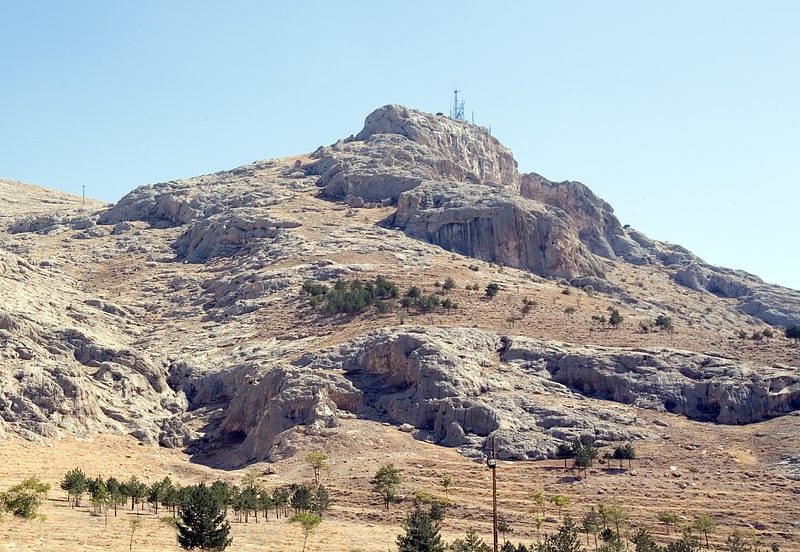
Rusahinili ", modern Toprakkale, is an ancient Urartian fortress built by Rusa I, located near the modern city of Van in eastern Turkey.
The site has been excavated by archaeological teams from Germany, the United Kingdom, and other countries.[4]
Varagavank Monastery
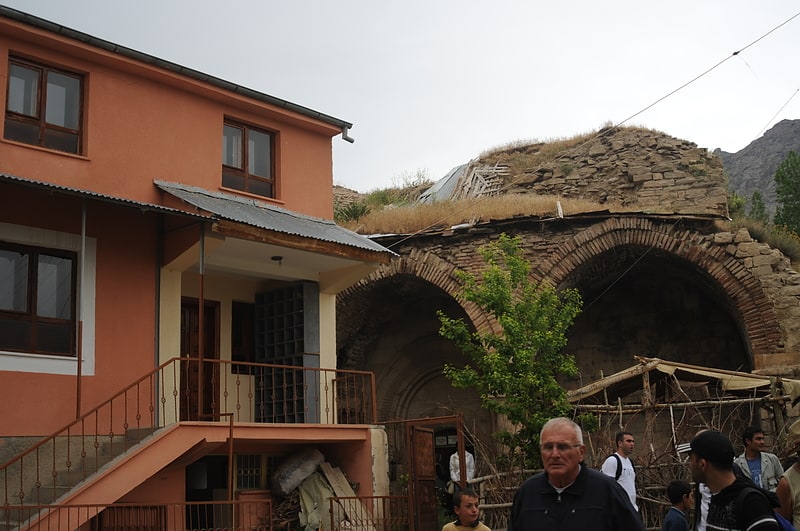
Also known as: Yedi Kilise
Monastery in Turkey. Varagavank was an Armenian monastery on the slopes of Mount Erek, 9 km southeast of the city of Van, in eastern Turkey.
The monastery was founded in the early 11th century by Senekerim-Hovhannes Artsruni, the Armenian King of Vaspurakan, on a preexisting religious site. Initially serving as the necropolis of the Artsruni kings, it eventually became the seat of the archbishop of the Armenian Church in Van. The monastery has been described as one of the great monastic centers of the Armenian church by Ara Sarafian and the richest and most celebrated monastery of the Lake Van area by Robert H. Hewsen.
During the Armenian genocide, in April–May 1915, the Turkish army attacked, burned, and destroyed much of the monastery. More of it was destroyed in the 1960s, although some sections are still extant.[5]
Shamiram Canal
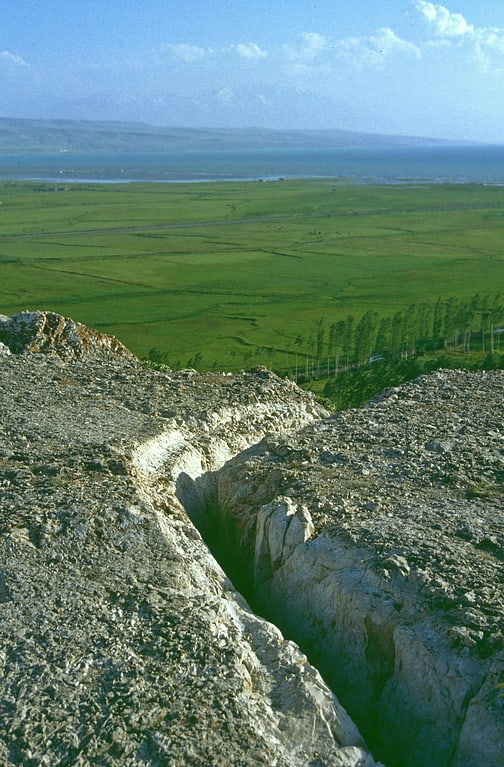
Canal. The Shamiram canal, also known as the Semiramis canal and previously as the Menua canal, is a canal located to the east of Van, Turkey that runs 45 miles long, supplying a large region and flowing into Lake Van. King Menua of Urartu built the Semiramis canal, according to his inscriptions, which are still visible by the canal. Menua's canal, which brought fresh water to the capital city of Tushpa, has survived to the present day and is known to the people of the Van region as the "canal of Semiramis".[6]
Rusahinili
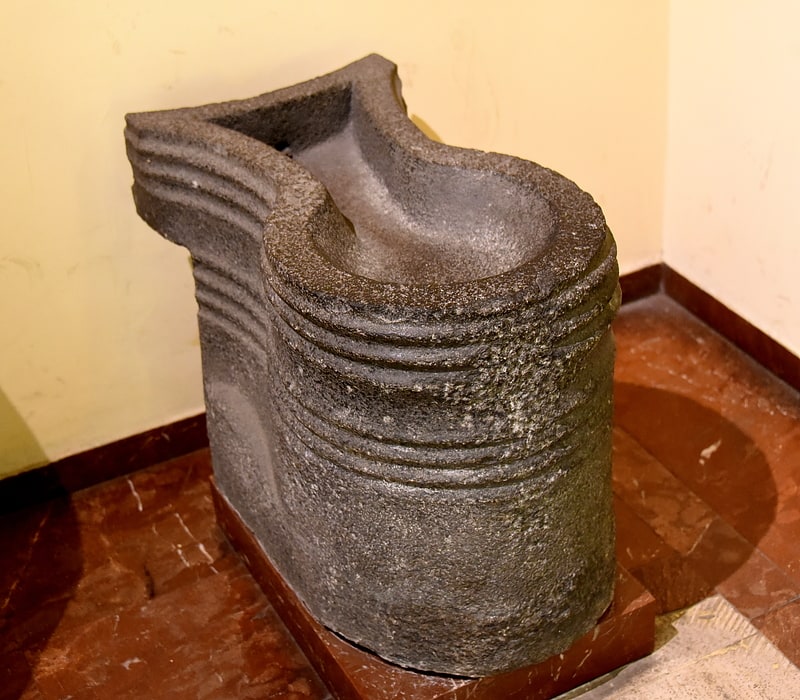
Rusahinili ", modern Toprakkale, is an ancient Urartian fortress built by Rusa I, located near the modern city of Van in eastern Turkey.
The site has been excavated by archaeological teams from Germany, the United Kingdom, and other countries.[7]
Tuşba

Tuşba is a new district and second level municipality in Van Province, Turkey. According to Law act no 6360, all Turkish provinces with a population more than 750,000 were declared a metropolitan municipality and the districts within the metropolitan municipalities were transformed to second level municipalities. The law also creates new districts within the provinces in addition to present districts. On 30 March 2014, Fevzi Özgökçe was elected mayor.
Thus after 2014 the present Van central district was split into two. A part was named Tuşba and the name Van was reserved for the metropolitan municipality. (Tuşpa was the capital of the 1st millennium BC Urartu kingdom which was situated in Van.)[8]